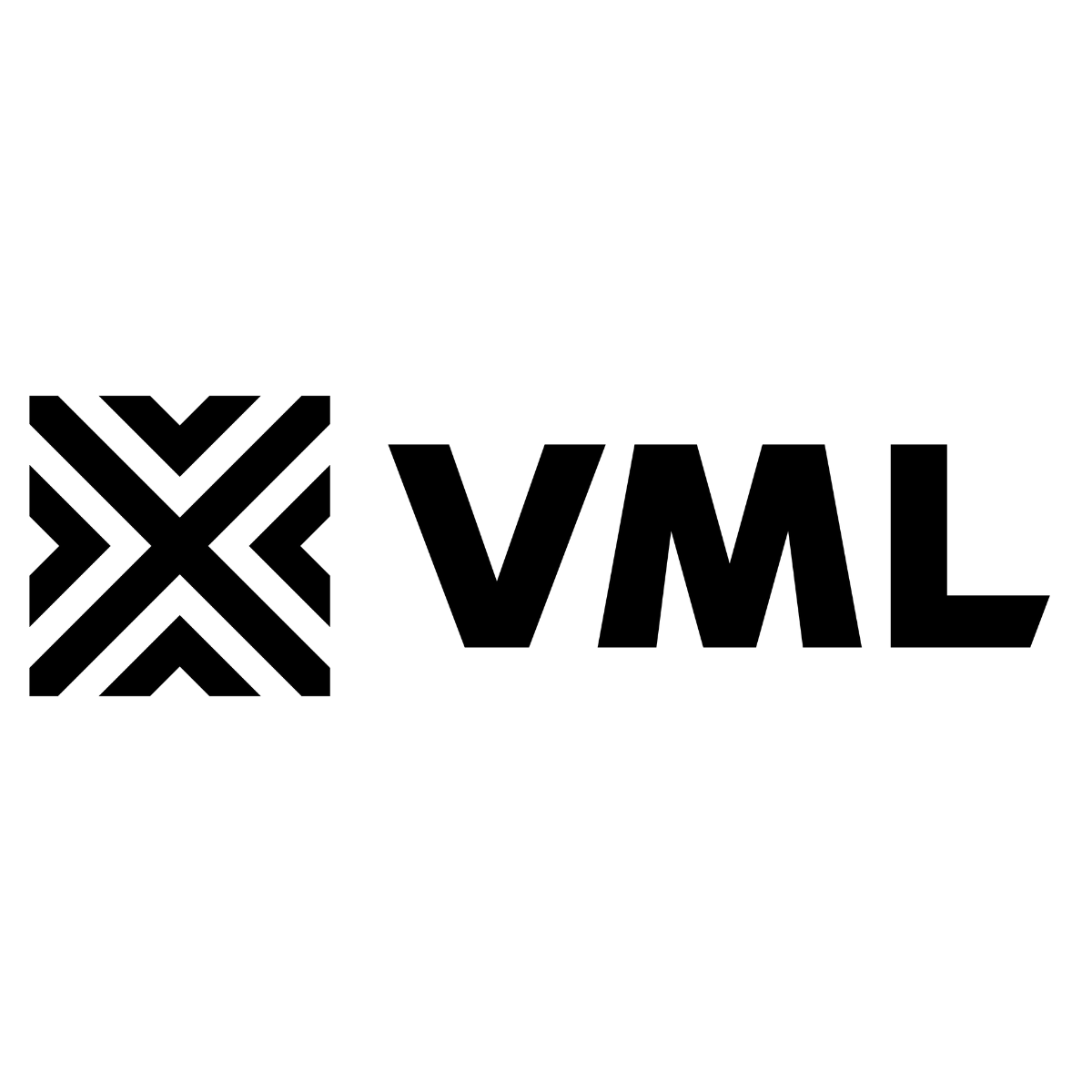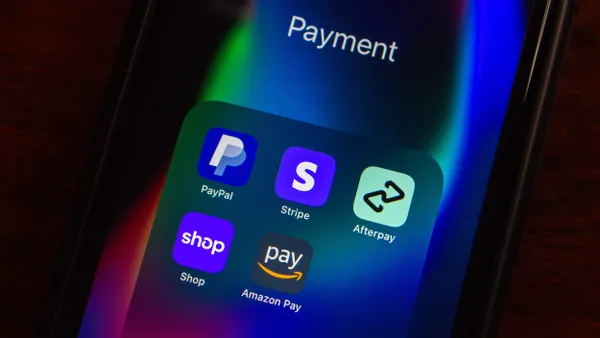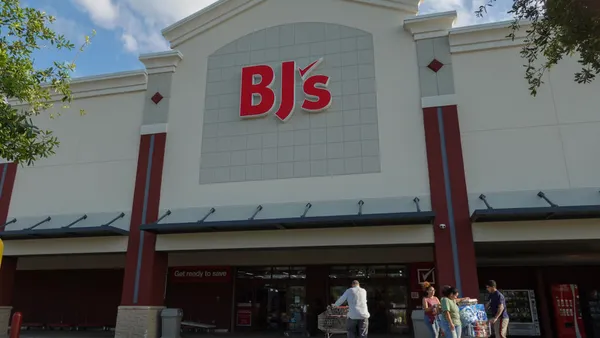UPDATE: March 4, 2019: An Amazon spokesperson emailed Retail Dive and confirmed that Dash buttons are no longer being sold. The spokesperson said, "Existing Dash Button customers can continue to use their Dash Button devices. We look forward to continuing support for our customers’ shopping needs, including growing our Dash Replenishment product line-up and expanding availability of virtual Dash Buttons. This decision is supporting the natural evolution of the program–we’ve always said we envision a future where you don’t need to press a physical button in your home to order products."
Dive Brief:
-
Amazon announced it will stop selling physical Dash replenishment buttons, though it will continue to support Dash buttons currently in use for the time being, as well as those virtually integrated into appliances and other products, according to a CNET report.
-
The report cited an Amazon executive as saying it was never the company's plan to use Dash buttons long term, but instead as a transition to smart home devices. Amazon did not immediately return Retail Dive's request for comment.
-
The report appeared a couple of weeks after LG announced it will offer Amazon Dash functionality on its entire 2018/2019 WiFi-enabled dryers, washing machines and dishwashers, according to a company press release.
Dive Insight:
The physical Dash button is on its way out, but that shouldn't come as a surprise at a time when smart home devices, including appliances enabled with Internet of Things connectivity, are becoming much more common. That certainly wasn't the case when Amazon launched its first Dash buttons four years ago as a program that appeared intent on breaking shoppers from their routines of relying on physical store visits for frequently-purchased items.
The program also had the additional benefit of providing a physically tiny, but still highly visible, area of real estate to promote various brands that sold such items through Amazon. The e-commerce giant continued to add buttons representing more brands in the years that followed, but all the while, it was becoming clear that the Dash replenishment capability potentially could be embedded as a feature in appliances, as well as in new Amazon products for the home, namely Amazon's Echo smart speakers powered by its Alexa voice-activated virtual assistant.
Amazon even put its own writing on the wall for an eventual phase-out of physical Dash buttons back in January 2017 when it created virtual Dash buttons on its website. That same month, LG announced a smart refrigerator embedded with the Alexa assistant to help with reordering groceries. That appliance was just one in an early smart home market crammed with a variety of different technologies and potential use cases. Now, more than two years later, LG is going all-in on Alexa and even a flagging retailer like Sears offers dozens of Works with Alexa-certified smart appliances.
Amazon also built out a multi-faceted smart home strategy with Alexa at the center and its Echo devices positioned to serve as a smart home hub. There is no longer a need for a transitional solution, even in the form of a little button.













